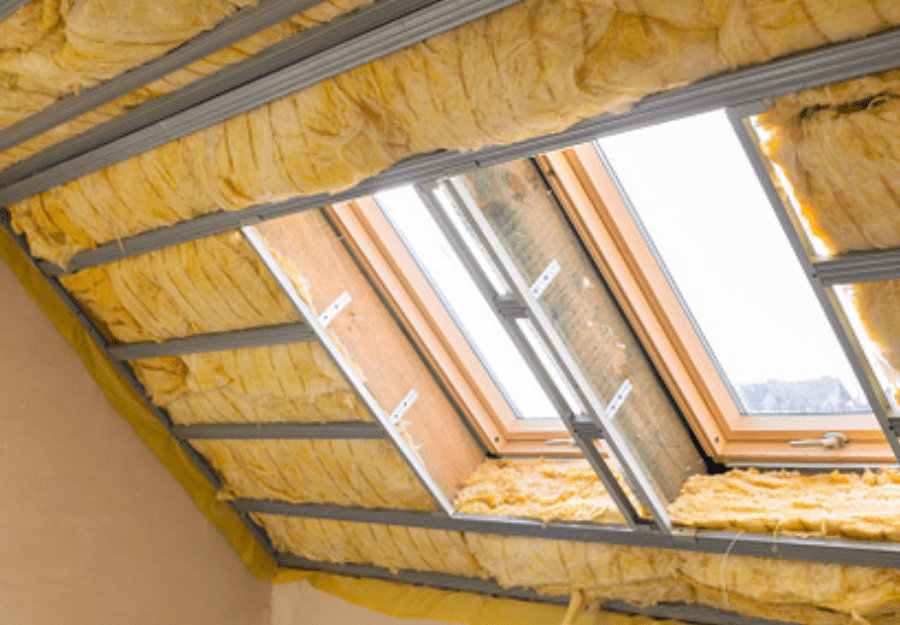Fiberglass Insulation – Everything you need to know
Insulating your home effectively needn’t be a chore or break the bank. Fibreglass insulation has long been the go-to choice for UK homeowners—especially in lofts—thanks to its blend of affordability, performance and ease of installation. In this guide, we’ll walk you through everything you need to know: what it is, why it’s so popular, how much it costs (and which grants might help), plus tips for DIY fitting and maintenance.
What Exactly Is Fibreglass Insulation?
Fibreglass insulation is made by weaving incredibly fine glass fibres into mats or loose fill. These fibres trap tiny pockets of air, which in turn slow down heat transfer—keeping your home warmer in winter and cooler in summer. You’ll commonly find it in:
- Rigid boards (dense panels for floors, foundations or basement walls)
- Batts and rolls (pre-cut lengths that fit snugly between joists and studs)
- Loose fill (blown in with a machine to fill irregular spaces)
Why Opt for Fibreglass?
Energy Savings
A well-insulated loft or wall can slash your heating bills by preventing heat escaping through your roof or exterior walls.
Pocket-friendly
Among mainstream insulation types, fibreglass often comes out cheapest per square metre—yet still delivers solid thermal performance.
Naturally non-combustible
Being glass-based, it doesn’t burn, adding an extra layer of fire safety to your property.
Sound dampening
Those tangled glass fibres also absorb noise, helping to hush traffic clatter or chatter between rooms.
Eco credentials
Many brands now use recycled glass content, so you’re making a greener choice too.
Comparison of Insulation Values and Prices
Below is a snapshot comparison of common insulation materials, showing their typical R-values, costs and acoustic performance:
|
Material |
Typical R-value (m²·K/W) |
Typical Cost per m² |
Good for |
Brands |
|---|---|---|---|---|
|
Polyisocyanurate (PIR) boards |
3.6–4.5 |
£33.83 /m² |
Walls, roofs, floors |
Kingspan, Celotex |
|
Extruded polystyrene (XPS) |
2.6–3.6 |
£5.71 /m² |
Areas prone to moisture (basements, external walls) |
Styrofoam, Jackodur |
|
Expanded polystyrene (EPS) |
2.6–3.3 |
£5.21 /m² |
Walls, roofs, floors |
Jablite, Kay-Metzeler |
|
Fibreglass batts |
3.0–4.0 |
£8.60 /m² |
Lofts, walls |
Knauf, Isover |
|
Mineral wool batts |
2.5–3.3 |
£10.00 /m² |
Lofts, walls, acoustic insulation |
Rockwool, Knauf |
|
Cellulose |
2.4–2.8 |
£10 /m² |
Lofts, walls, acoustic insulation, air infiltration |
Warmcel, Greenfiber |
Types of Fibreglass Insulation at a Glance
- Batts & Rolls: Perfect for standard stud or joist spacings. DIY-friendly: simply unroll, cut to size and tuck into place.
- Loose-Fill: Ideal for lofts where there are awkward nooks, pipes or wiring. Requires a blower machine, so pros often tackle this one.
- Rigid Boards: Used where you need structural support—think underfloor, in garage ceilings or against basement walls.
Could You Install Insulation Yourself?
Absolutely – especially with batts or rolls in a clean, accessible loft. Here’s a quick overview:
- Gear up
Wear gloves, long sleeves and a dust mask—those tiny fibres can irritate skin and lungs. - Measure & plan
Record the width between joists and the depth you need (most UK building regs recommend at least 270 mm in a loft). - Cut to fit
With a sharp knife on a firm surface, trim batts so they slot in snugly, without compressing the insulation. - Lay & check
Lay each section flat, ensuring no gaps. For lofts, start at the eaves and work towards the hatch, keeping pipes and vents unobstructed.
If you’re tackling loose-fill or rigid boards, you may prefer a professional to ensure an even coverage and correct installation.
Look After It and It’ll Look After You
Fibreglass is hard-wearing, but keep an eye on:
- Settling or Compression: Over time, some loft insulation can compress under its own weight—periodic checks help you top up if needed.
- Moisture: Any damp patches will reduce effectiveness and risk mould—ensure good ventilation above the insulation.
- Pests: Seal gaps around wiring or pipes to stop mice or squirrels making a nest.
Final Thoughts
Fibreglass insulation stands out due to its cost-effectiveness, thermal and acoustic performance, and relative ease of installation. Whether you’re a DIYer or prefer the best for your business, knowing your options will help you make the most of this tried and tested material.
Ready to boost your home’s comfort and cut those energy bills? Start by measuring your loft or walls, price up the batts or boards you need—and don’t forget to see if you qualify for any grants before you buy!
Contact TargetCO2 to find out what option is best for your project.
